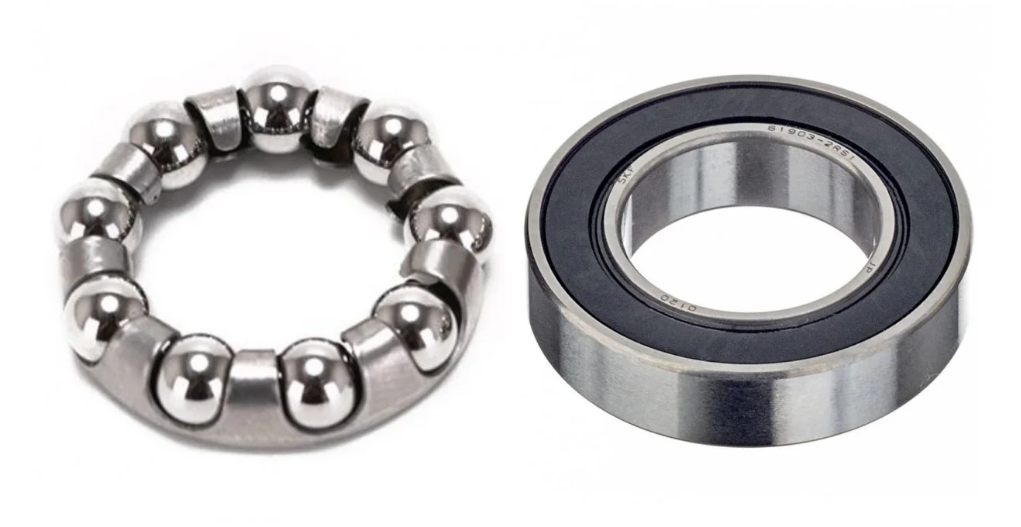Welcome to Sino Bearings web
24x7 HOTLINE:+86-28-81454188

 NEWS
NEWS
Are cup-and-cone systems old-fashioned? Do you really need sealed cartridges? The ins and outs of wheel bearings examined.
Bearings allow one part of your bike to rotate relative to another, and as such they play an integral part in creating a bicycle. Almost every component that moves on your bike, from the wheels to the pedals to the fork, is facilitated by the use of bearings.
Unsurprisingly, therefore, bearings get put under a lot of strain and can get a bad rap for causing all sorts of creaking and clicking whilst riding. We’ve all got that one friend whose bike sounds like an ominous opening door in a horror movie, right?
Bearings, like any component, require regular maintenance and correct handling to ensure they can function properly and with the appropriate lifespan, but that is not all.
There are two main styles of bearings used in bicycle wheels: cartridge bearings, also known as sealed bearings, and cup and cone bearings, also known as loose ball bearings.
Cup-and-cone bearings have been used throughout history to enable mechanical movement, with cartridge bearings a comparatively recent innovation.
Both have their benefits, and both require different types of servicing and maintenance to get the best out of each.
It is important to note that bearing types are not cross-compatible and a cartridge bearing cannot be used in a cup-and-cone bearing wheel and vice versa so when we talk about bearing types, we are also talking about the products that are built to support them.